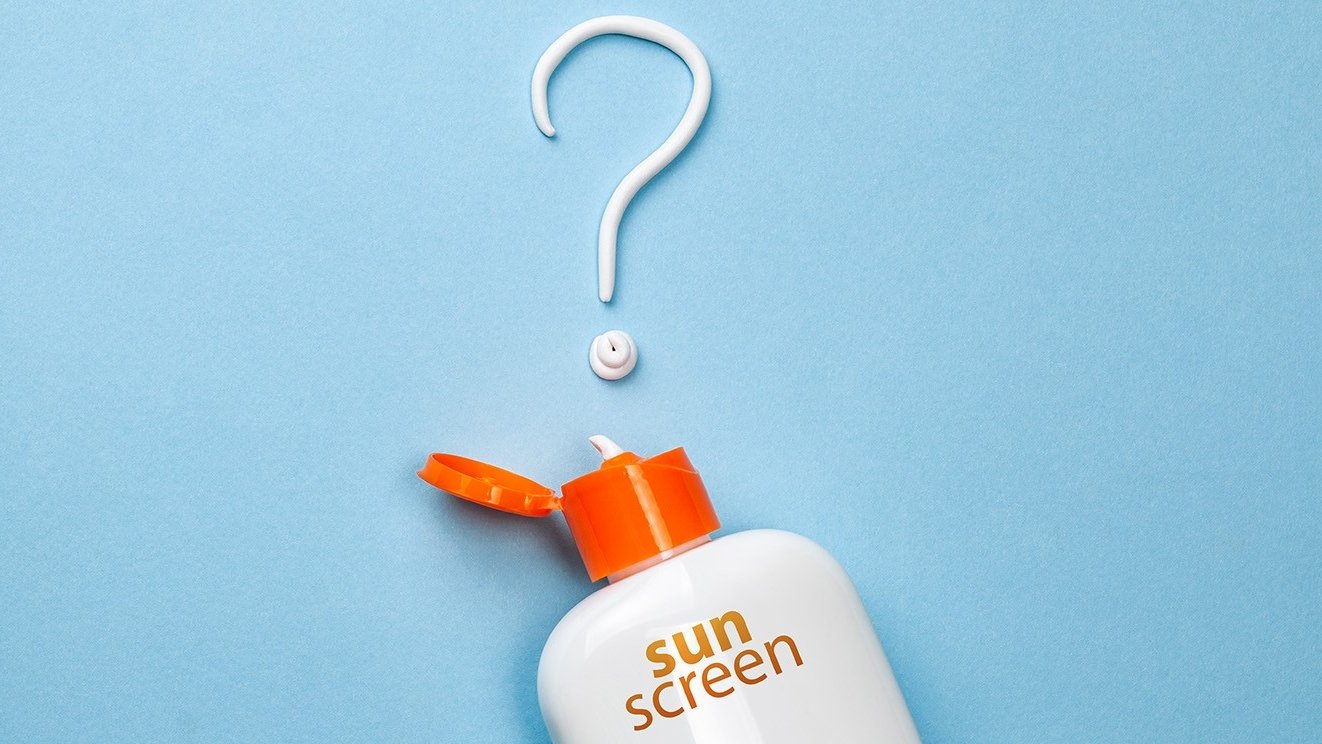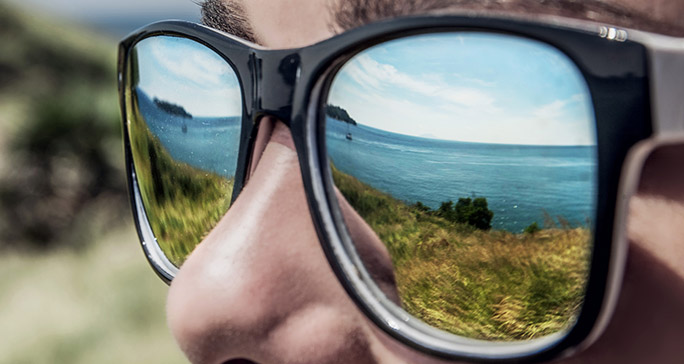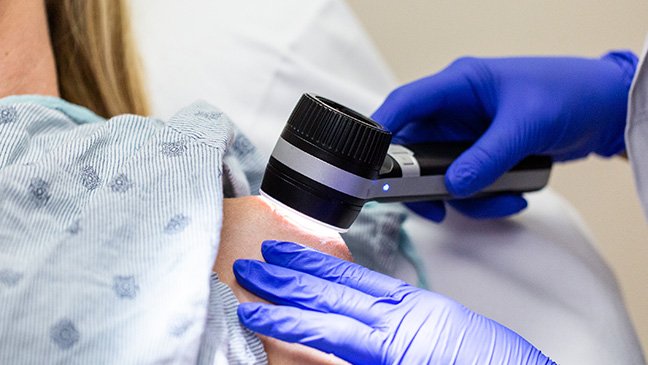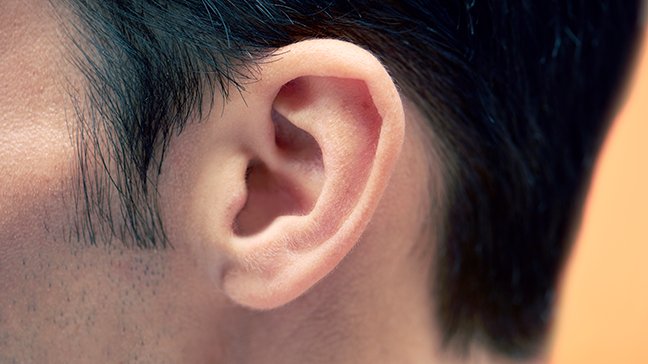- Diseases
- Acoustic Neuroma (14)
- Adrenal Gland Tumor (24)
- Anal Cancer (66)
- Anemia (2)
- Appendix Cancer (16)
- Bile Duct Cancer (28)
- Bladder Cancer (68)
- Brain Metastases (28)
- Brain Tumor (230)
- Breast Cancer (716)
- Breast Implant-Associated Anaplastic Large Cell Lymphoma (2)
- Cancer of Unknown Primary (4)
- Carcinoid Tumor (8)
- Cervical Cancer (154)
- Colon Cancer (164)
- Colorectal Cancer (110)
- Endocrine Tumor (4)
- Esophageal Cancer (42)
- Eye Cancer (36)
- Fallopian Tube Cancer (6)
- Germ Cell Tumor (4)
- Gestational Trophoblastic Disease (2)
- Head and Neck Cancer (6)
- Kidney Cancer (124)
- Leukemia (344)
- Liver Cancer (50)
- Lung Cancer (288)
- Lymphoma (284)
- Mesothelioma (14)
- Metastasis (30)
- Multiple Myeloma (98)
- Myelodysplastic Syndrome (60)
- Myeloproliferative Neoplasm (4)
- Neuroendocrine Tumors (16)
- Oral Cancer (100)
- Ovarian Cancer (170)
- Pancreatic Cancer (166)
- Parathyroid Disease (2)
- Penile Cancer (14)
- Pituitary Tumor (6)
- Prostate Cancer (144)
- Rectal Cancer (58)
- Renal Medullary Carcinoma (6)
- Salivary Gland Cancer (14)
- Sarcoma (236)
- Skin Cancer (296)
- Skull Base Tumors (56)
- Spinal Tumor (12)
- Stomach Cancer (60)
- Testicular Cancer (28)
- Throat Cancer (90)
- Thymoma (6)
- Thyroid Cancer (98)
- Tonsil Cancer (30)
- Uterine Cancer (78)
- Vaginal Cancer (14)
- Vulvar Cancer (18)
- Cancer Topic
- Adolescent and Young Adult Cancer Issues (20)
- Advance Care Planning (10)
- Biostatistics (2)
- Blood Donation (18)
- Bone Health (8)
- COVID-19 (362)
- Cancer Recurrence (120)
- Childhood Cancer Issues (120)
- Clinical Trials (624)
- Complementary Integrative Medicine (24)
- Cytogenetics (2)
- DNA Methylation (4)
- Diagnosis (230)
- Epigenetics (6)
- Fertility (64)
- Follow-up Guidelines (2)
- Health Disparities (14)
- Hereditary Cancer Syndromes (122)
- Immunology (18)
- Li-Fraumeni Syndrome (8)
- Mental Health (118)
- Molecular Diagnostics (8)
- Pain Management (62)
- Palliative Care (8)
- Pathology (10)
- Physical Therapy (18)
- Pregnancy (18)
- Prevention (894)
- Research (390)
- Second Opinion (74)
- Sexuality (16)
- Side Effects (604)
- Sleep Disorders (10)
- Stem Cell Transplantation Cellular Therapy (216)
- Support (404)
- Survivorship (322)
- Symptoms (184)
- Treatment (1774)
How does sunscreen work? Understanding UV protection
4 minute read | Published June 18, 2024
Medically Reviewed | Last reviewed by an MD Anderson Cancer Center medical professional on June 18, 2024
The sun’s ultraviolet radiation damages skin cells, which can lead to sunburn, early aging and even skin cancer. Thankfully, sunscreen can protect your skin.
But choosing a sunscreen isn’t as easy as it might seem. Sunscreens work in different ways and come in a variety of formats. And, beyond that, some people have concerns about sunscreen’s safety, necessity and usefulness.
For help navigating the sometimes cloudy world of sunscreen, we spoke to Saira George, M.D., a dermatologist at MD Anderson in Sugar Land.
How does sunscreen work?
Sunscreen ingredients prevent UV rays from damaging your skin. There are two categories of sunscreen ingredients, George says.
Physical blockers
Physical blockers contain minerals such as titanium dioxide or zinc oxide ground into fine particles. These minerals sit on the surface of the skin and reflect UV rays away from your skin “a lot like a shield or mirror would,” George says. Sunscreen products that contain physical blockers are sometimes called sunblock or mineral sunscreens.
Chemical absorbers
Chemical sunscreen ingredients form a thin protective film that absorbs UV radiation before it penetrates the skin. Sunscreen products that contain chemical absorbers are sometimes called organic sunscreens.
Both types of sunscreen ingredients have pros and cons.
For example, physical blocker sunscreens generally do not cause irritation, stinging or allergic reactions, but they can be white and greasy. Meanwhile, chemical absorber sunscreen ingredients are usually clear and easy to apply, but these are more likely to cause irritation and allergic reactions.
Many sunscreens use a combination of physical blockers and chemical absorbers to maximize the benefits and reduce the downsides. Additionally, many broad-spectrum sunscreens need a combination of ingredients to protect against UVA and UVB rays, the two types of ultraviolet rays that cause skin damage.
Which form of sunscreen is best?
Sunscreens also come in forms such as lotions, sprays and powders. But which one is right for you?
George typically recommends lotion and cream products.
“In general, I tend to steer people away from spray and powder sunscreens because it is harder to get effective coverage with them,” George says. “I also worry about the risks of the sunscreen product inadvertently getting into an area like your eyes or being inhaled.”
Whatever sunscreen format you choose, look for an option that:
- Provides sun protection factor SPF 30 or higher
- Has broad-spectrum protection against both UVA and UVB rays
- Is water-resistant
Make sure you apply sunscreen liberally and reapply it every two hours or after swimming or sweating. Be sure to review your sunscreen’s instructions for specific information on how much product to use and how often to reapply.
George recommends trying different products until you find one you can apply correctly and don’t mind wearing.
“There are so many different options for sunscreens now; there’s one out there for everyone,” she says. “The best sunscreen is the one you’ll wear regularly.”
Is sunscreen safe?
When it comes to sunscreen, the benefits outweigh any potential risk.
UV damage plays a central role in the development of most melanomas, basal cell cancer, squamous cell cancers and other less common skin cancers, George says.
Studies show that sunscreen can help prevent skin damage caused by UV radiation. Regardless, George says many patients still ask about the necessity or safety of sunscreen.
“I understand the concern. What’s more natural than sunlight? But we have to understand that there are carcinogens in nature, and too much UV radiation from the sun is an example of that,” she says. “Our bodies have amazing protective mechanisms in place to handle sun damage, but they haven’t evolved to overcome damage from the excessive sun exposure many of us rack up in our lifetime.”
Studies show that the chemical and nonchemical sunscreens available today all appear to be safe.
“We have lots of evidence to support sunscreen’s protective effects and very little that shows any dangers or risks from sunscreen’s use, but I can sympathize with concerns about chemicals in everyday products,” George says.
If you are worried about sunscreen safety, George recommends choosing a simple mineral sunscreen which protects the skin by using physical blocker ingredients.
When do we need to wear sunscreen?
Sunscreen is often associated with hot, sunny summer days. But MD Anderson experts recommend wearing sunscreen and using other sun protection methods year-round.
“Peak UV intensity does tend to be much higher during the summer or on a bright cloudless summer day,” George says. “But as long as the sun is out, we are still getting exposed to some degree of ultraviolet radiation – including on cloudy or winter days.”
She notes that altitude and reflective surfaces like snow and water can increase UV exposure. This means that it is important to apply sunscreen before activities like skiing or spending time by or in the pool.
How else can I protect my skin from sun damage?
Sunscreen is just one part of what George calls a “sun protection package.”
Ideally, your sun protection package will include multiple ways to protect your skin from the sun.
Other ways to protect your skin from sun damage include:
- Staying out of the sun during the peak UV hours of 10 a.m. to 4 p.m.
- Wearing protective clothing. Choose items that are dark and have a tight knit or ultraviolet protection factor (UPF) 50+.
- Wearing a wide-brimmed hat
- Wearing sunglasses with UVA and UVB protection
“My biggest advice about sunscreens is to remember they are specifically named “screens,” not “blocks” and should be used as part of a full sun protection package,” George says. “When you are trying to protect your skin, sunscreens are certainly helpful, but they aren’t a perfect shield.”
Request an appointment at MD Anderson online or call 1-855-645-0878.

There are so many different options for sunscreens now; there’s one out there for everyone.
Saira George, M.D.
Physician





